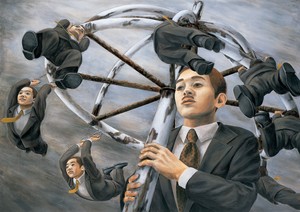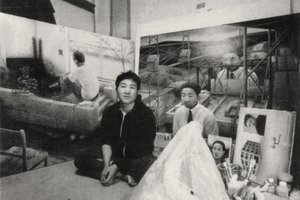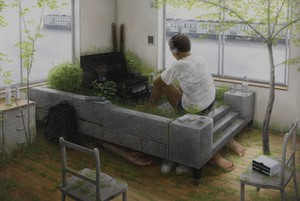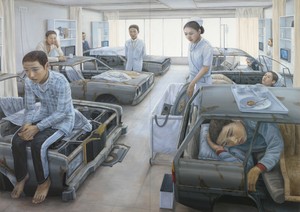
Nostalgia and Apocalypse
In conjunction with My Anxious Self, the most comprehensive survey of paintings by the late Tetsuya Ishida (1973–2005) to have been staged outside of Japan and the first-ever exhibition of his work in New York, Gagosian hosted a panel discussion. Here, Alexandra Munroe, senior curator at large, Global Arts, Solomon R. Guggenheim Museum and Foundation, and Tomiko Yoda, Takashima Professor of Japanese Humanities at Harvard University, delve into the societal context in which Ishida developed his work, in a conversation moderated by exhibition curator Cecilia Alemani.





